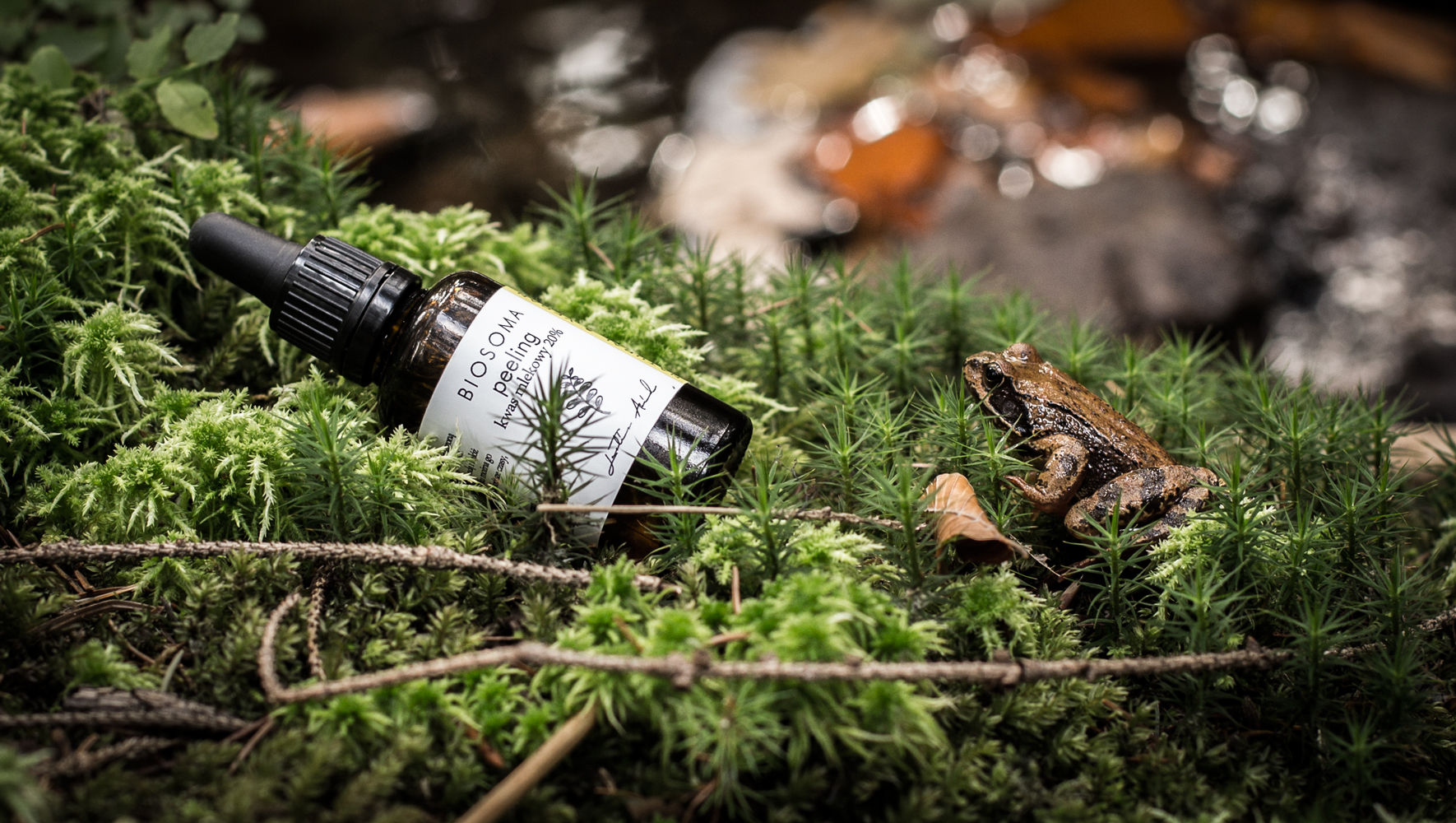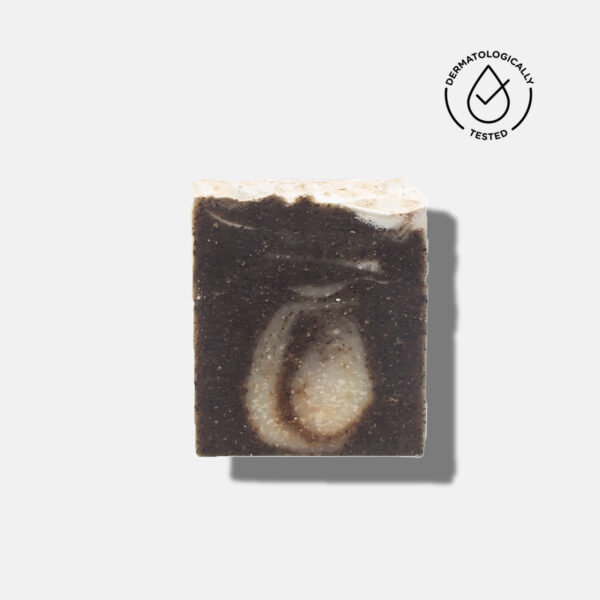When bathing in chlorinated water, intense sunbathing or applying thick layers of toxic sunscreen (oh my!) is behind us, it’s time to do a detox of our skin. When is the best time to scrub? Exfoliation of the epidermis, proper regeneration are treatments that are worth doing right now.
Depending on whether you opt for a superficial or deep treatment, peeling can address a variety of skin problems, from pigmented lesions and mild sun damage to more extensive ones, such as wrinkles, growths. You can choose from enzymatic, mechanical, fine and coarse peeling, chemical… So which one will be best for the autumn-winter season?
PEELING – what is it?
Peeling (from peel = to peel, exfoliate) is a popular cosmetic procedure that is performed to remove dead skin and thus smooth the skin. It is worth using them regularly, because exfoliated skin more easily absorbs active substances from applied cosmetics, looks healthier, and regenerative processes occur more easily.

The process of producing new cells goes on all the time, but scrubs help us reveal new, fresh skin in an easy, quick and effective way. Post-peeling skin regeneration then takes about 28 days.
WHICH FACIAL SCRUB TO CHOOSE?
Depending on the way they act on the skin, we divide them into:
- Enzymatic – the active ingredient, tita enzyme, has a proteolytic, or protein-degrading effect. Look for bromelain (a natural ingredient in pineapples) and papain (an ingredient from papaya) in the formulation. Bomelin is excellent for smoothing, and papain has a positive effect on brightening hyperpigmentation(ask me about a cream for hyperpigmentation with these ingredients!). Enzyme scrubs also include enzymes from other plants: mango, pumpkin, green apples, aloe vera….
- Mechanical – contain abrasive particles, such as salt, sugar, coffee, or various abrasives, i.e. Ground seeds, nut shells. We can divide them into fine-grained (more commonly used for the face) and coarse-grained.
- Chemical/medical – are based on fruit acids, and exfoliation involves controlled damage to the skin.
-
 Peeling with lactic acid 20% 30 ml50,00 zł
Peeling with lactic acid 20% 30 ml50,00 zł
ACID PEELING – WHAT AND HOW?
Depending on the problems you want to address, you can choose a chemical peel at one of three depths:
- Light chemical peeling. A light (superficial) chemical peel removes the outer layer of skin (epidermis). It is used to treat fine wrinkles, acne, uneven skin tone and dryness. You can repeat it every two to five weeks.
- Medium chemical peeling. A medium chemical peel removes skin cells from the epidermis and parts of the upper middle layer of the skin (dermis). It is used to treat wrinkles, acne scars and uneven skin tone. It may be necessary to repeat the procedure to achieve or maintain the desired result.
- Deep chemical peeling. A deep chemical peel removes skin cells (deeper wrinkles, scars or pre-cancerous growths) even more deeply. After such a peel, you do not need to repeat the procedure, but it is better to perform it under the guidance of a specialized person!
You can purchase 80% lactic acid from BIOSOMA. Those who already have a slight understanding of acids can mix it properly with water or hydrolate, adjusting the pH to create a formulation with which to properly treat the skin. For the rest, I recommend 20% lactic acid.
How to prepare lactic acid solution with different concentrations?
10% solution – 5 ml of lactic acid and 43.75 ml of water
20% solution – 10 ml of lactic acid and 37.5 ml of water
30% solution – 15 ml of lactic acid and 31.75 ml of water
40% solution – 21 ml of lactic acid and 25.0 ml of water
50% solution – 26 ml of lactic acid and 18.75 ml of water
Remember, the higher the concentration of the acid, the lower the pH, and thus faster and more severe skin irritation may occur! To raise the pH you will need litmus paper and baking soda.
You can use the acid in lotions, tonics, also adding to creams or masks. This is an extremely useful concentrated preparation. There is enough of it for many different uses.

When using acids, especially at home, it is important to use common sense and choose the right strength of acid and control the length of time the acid is in contact with the skin. For those who are starting out with acids, I recommend choosing those with lower concentrations and higher pH!
Remember! After a chemical peel, especially from lactic acid, it is very important to stay out of the sun!
ENZYME SCRUB – STRAIGHT FROM THE KITCHEN SHELF 😉
If you’re not already familiar with enzyme scrubs, we’ll start there: you can now potentially find every scrub ingredient in your kitchen….
Enzyme peels use fruit enzymes to break down dead skin cells without damaging living ones. This makes such scrubs generally safe for all skin types, especially sensitive ones, and even pregnant women. The enzymes used in enzyme scrubs come from fruits and vegetables, such as pineapple, papaya and pumpkin.
You will experience less irritation with enzyme scrubs than with more “intense” treatments. Other benefits include increased collagen production, improved texture, smoothing of fine lines and wrinkles, reduction of scars and much more.

Although the effects of enzyme peels can usually be seen immediately, the main downside is that because they are gentler than other chemical treatments, the effects are simply not as intense or long-lasting. Alpha and beta hydroxy acids tend to be more potent, so they can act more deeply and intensely.
Bottom line: now is the best time to scrub! Which one you decide on is indifferent, because your skin will thank you for it anyway.
Read more: https://biosoma.pl/biosoma/magnolia-magiczny-skladnik-w-kosmetykach/





